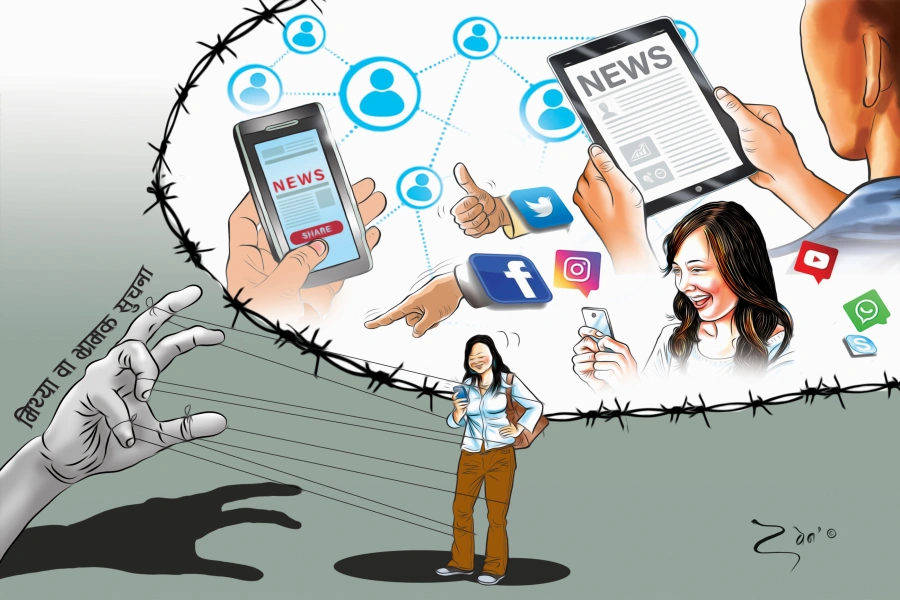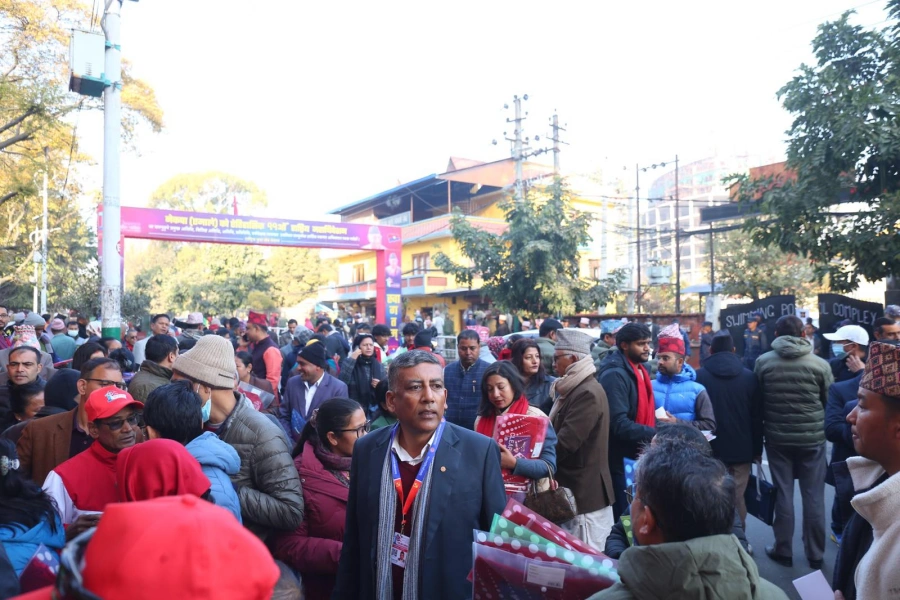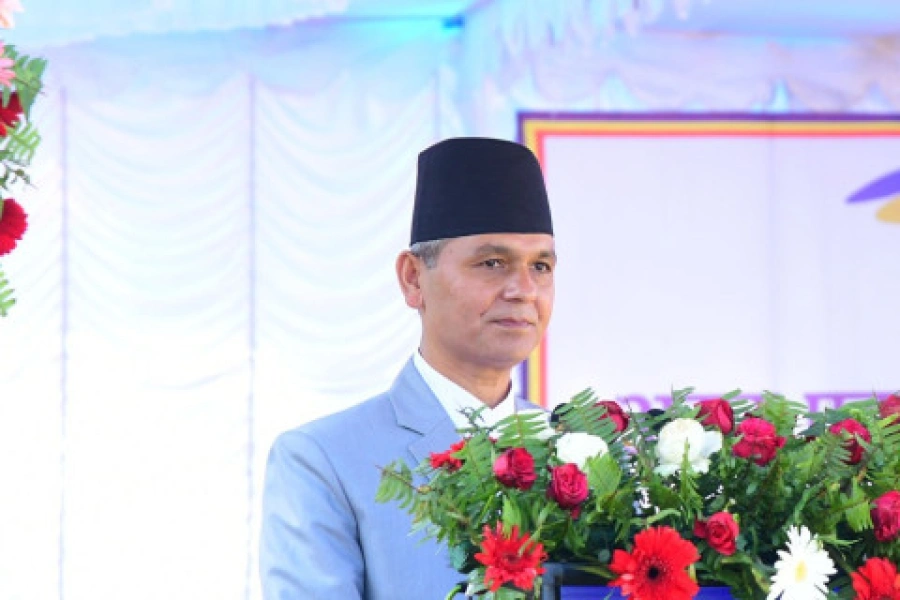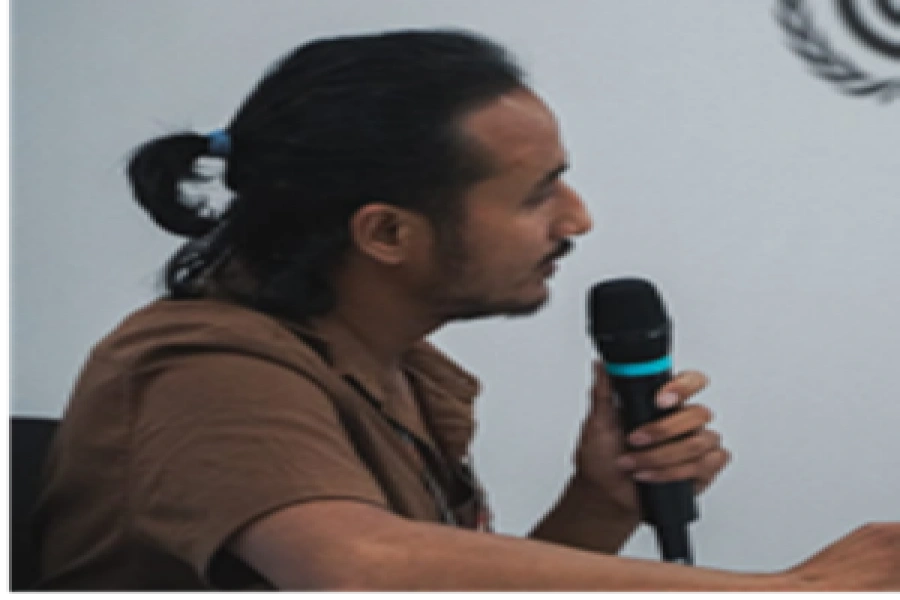International Youth Day is observed on August 12 to recognize youth as vital stakeholders in the development process. Each year, a theme is selected to highlight diverse and intersecting issues affecting youth in all their diversity. This year’s theme is centered around digital technology: "From Clicks to Progress: Youth Digital Pathway for Sustainable Development."
Upon first encountering this theme, a question arose in my mind: how far is the digital world from disability inclusion? This article explores the accessibility and inclusion of the digital world for persons with disabilities, drawing from my personal experiences and global perspectives.
Digital technology has brought about significant changes in the lives of individuals, including those with disabilities. From daily activities to education, healthcare to independent living, and workplaces to mobility and transportation, technology has simplified many aspects of life by removing numerous barriers. Advanced assistive devices and mobility aids such as prosthetics, orthotics, wheelchairs, and mobility scooters have been developed. Communication tools, including augmentative and alternative communication (AAC) devices, hearing aids, cochlear implants, vision enhancement technologies, and smart home technologies, have made education, healthcare, workplaces, and public and private spaces more accessible for everyone, including those with disabilities. This progress has undoubtedly reduced the severity of disabilities and lessened the dependency of individuals with disabilities. However, like the physical world, the digital world remains inaccessible to many individuals with disabilities because numerous platforms lack essential accessibility features.
The World Wide Web Consortium (W3C) outlines four principles to ensure that any digital product, including websites, applications, and documents, is accessible to all, including those with disabilities. These principles are perceivable, operable, understandable, and robust. W3C has also developed the Web Content Accessibility Guidelines (WCAG), which include 13 guidelines and approximately 78 success criteria to make digital platforms accessible to all. The success criteria are categorized into three levels: A, AA, and AAA. Level A criteria include very basic accessibility features, while Level AAA criteria are challenging to achieve, requiring compliance with all success criteria. However, Level AA criteria are achievable, and WCAG mandates that all websites and applications meet at least Level AA criteria.
The 4 Principles of Accessibility
Understanding disability

1. Perceivable: Information and user interface components must be presented to users in ways they can perceive. This means users must be able to understand the information being presented; it can’t be invisible to any of their senses. Examples include providing picture descriptions for all non-text elements, captions, sign language, and audio descriptions for audio/video materials, and ensuring sufficient color contrast.
2. Operable: User interface components and navigation must be operable. This means users must be able to use the interface without requiring interactions that they cannot perform. Examples include enabling keyboard interaction with all interactive elements, avoiding keyboard traps, using appropriate heading structures, providing multiple ways to access particular pages, unique page titles, and options to skip repetitive content blocks (Skip Link).
3. Understandable: Information and the operation of user interfaces must be understandable. This means users must be able to comprehend information and know how to use the interface. Examples include identifying errors and providing instructions before errors occur.
4. Robust: Content must be robust enough to be interpreted reliably by a wide variety of user agents, including assistive technologies. This means content should remain accessible as technologies and user agents advance and evolve.
These principles must be strictly followed by any organization developing websites and applications. They are equally applicable to creating documents in Word, Excel, PowerPoint, and even social media content. However, the harsh reality is that most government, non-government, and corporate/business websites and applications are designed in ways that make them difficult for individuals with disabilities, particularly those with visual, hearing, and learning/cognitive disabilities, to access.
As a professional and student, I frequently need to explore numerous documents to fulfill my duties and responsibilities. Often, I struggle to find materials and read them independently without using third-party software or relying on support persons.
On many web platforms, the keyboard does not receive focus or becomes trapped. Information is often uploaded in image or PDF formats without basic accessibility features. Additionally, many Nepali documents are still published in the Priti font. Even documents prepared in Unicode are uploaded in inaccessible PDF versions. Individuals with visual disabilities primarily use screen reader software, which does not recognize Priti documents, just as other computer programs do. Similarly, most informative social media content is delivered in infographics/images without provided descriptions or captions, preventing individuals with visual disabilities from accessing the information. This content is often developed in complex language, typically in English with technical jargon, making it difficult to understand for many individuals, including those with disabilities.
Individuals with hearing disabilities require information in sign language and captioning, especially for audio/video materials, which has not been adequately provided by most organizations. Additionally, individuals with learning disabilities need content in simplified languages, which very few organizations working for and with disabilities have offered.
Asia and the Pacific is home to 60% of the youth population, and the same proportion applies to youths with disabilities in the region. In Nepal, 42.5% of the population is youth, and the same ratio applies to youths within the disability population. Digital technology is essential for achieving sustainable development. We are empowering youth to ensure their access to digital technologies to achieve sustainable development goals. However, the meaningful participation and representation of youths with disabilities have not been mainstreamed, despite commitments to inclusiveness for all marginalized communities.
Youths with disabilities are strong allies in achieving sustainable development goals. Some organizations have brought them to the forefront by ensuring their participation and representation in discussions. Although these actions are promising, meaningful participation and inclusion remain questionable. Participation is key to promoting inclusion, but it is only one cornerstone. We must work diligently to develop positive attitudes toward individuals with disabilities. Physical premises, information, communication, and technologies must be made accessible to all, including those with disabilities. By adhering to the four principles defined by the Web Content Accessibility Guidelines (WCAG), we can ensure that all digital initiatives and products, including websites, applications, social media, and documents, are accessible to everyone.
As we mark International Youth Day on August 12, let’s ask ourselves whether our digital platforms are accessible to all, including individuals with disabilities. Does one click for individuals with disabilities lead them to progress, enabling them to contribute to sustainable development? Let’s discuss this from the perspective of accessibility and inclusion. Together, we can and must work for a better and brighter future for everyone, including individuals with disabilities.



































